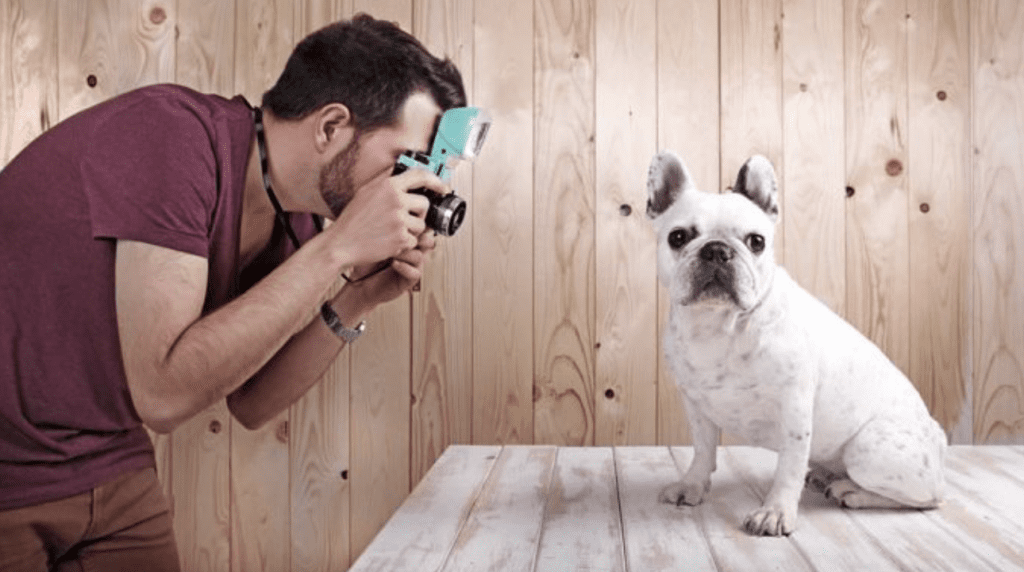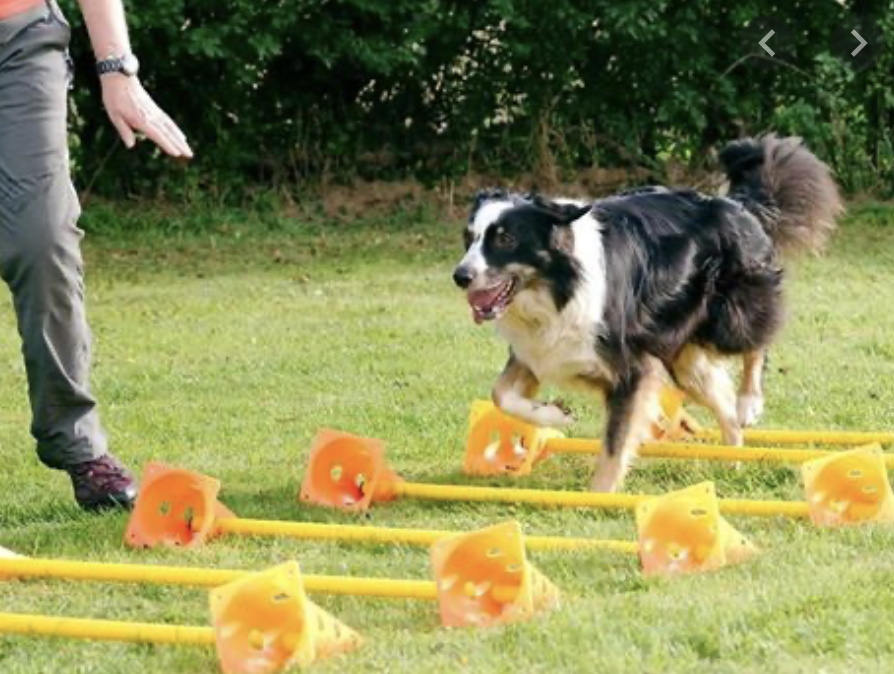
Pets have long been viewed as a source of security and comfort. Ever since the first wild canines began interacting with humans approximately 20 million years ago, they have protected us and provided a sense of security. As the relationship evolved and grew to include other domestic animals, pets have become an integral aspect of modern family life.
More than 85 million households in the U.S. now include a pet. Numerous studies performed through the Human Animal Bond Research Institution and National Institute of Health Human-Animal Interaction Research have revealed the positive benefits of family pets – ranging from improved health to sense of responsibility and comfort. The Human Animal Bond Research Institute has found that the petting, playing with and talking to pets promotes feelings of wellbeing through the release of the hormone oxytocin and the neurotransmitter serotonin, and decreases levels of the fight-or-flight hormone cortisol.
Each family member can find their own unique way to interact with a pet and benefit from their special bond. For some, it may be through an established routine such as feeding or walking the pet. For others, the pet may provide a sense of companionship or entertainment. Children in particular can benefit from a family pet in their physical, social, emotional and cognitive development, and a family pet can be useful for teaching important social and communication skills.
There are several activities that can be done as a family and individually to capture the many positive attributes of a family pet.

Photo shoot. Take pictures of your pet! Refine your photography skills and engage your family with group pictures. Enjoy extra entertainment by dressing up with your pet.
Read to your pet. Particularly for younger children, reading to a pet is less stressful than reading to a judgmental adult. Studies have shown that children are more willing to read to a pet and are less stressed when they do so.
Make games for your dog. Puzzle games can be entertaining for both humans and pets. These can range from DIY projects found online to filling Kong toys with treats, to treat-dispensing pull apart toys available online.
Cuddle with your pet. Watch a movie or take a nap with your pet. The feeling of a warm, loving companion as you rest together is wonderful!
Play games or teach your pet new tricks. Games such as hiding treats for a pet to find can be fun for all. You can train your cat to target objects or to come when asked with a treat. Dogs can prove to be slightly more amenable to training and enjoy learning new activities such as shaking, rolling over and coming when called. Try creating an indoor scent game for your dog or playing with bubbles.

Try canine cavaletti. Cavalettis are sets of poles laid on or close to the ground. Depending on the configuration, they can challenge pets physically and mentally as they coordinate their limbs and engage muscles to navigate across the poles. There are endless possible configurations, and the variation can help improve body awareness, rhythm and muscle conditioning.
Spending time with your pets can be relaxing and fun, but don’t overdo it. Just like people, pets need their personal time and space. Overdoing family activities with our animals can leave them feeling stressed and fatigued. Try to limit group activities to no more than 30 minutes, and adjust depending on your pet’s interest. It is important to remember that young children – particularly those under age 5 – should always be supervised as they learn how to positively interact with pets. Also, wash your hands after playing with your pet!
Natalie Punt is an emergency veterinarian who enjoys teaching pet owners all the wonderful things about pets. She created mPet, a smartphone application that lets pet owners store, manage and transfer their pet’s medical records and health information so that they have access to it anywhere, anytime.
Here are some additional fun, free activities from the American Kennel Club and the AKC Museum of the Dog!


























